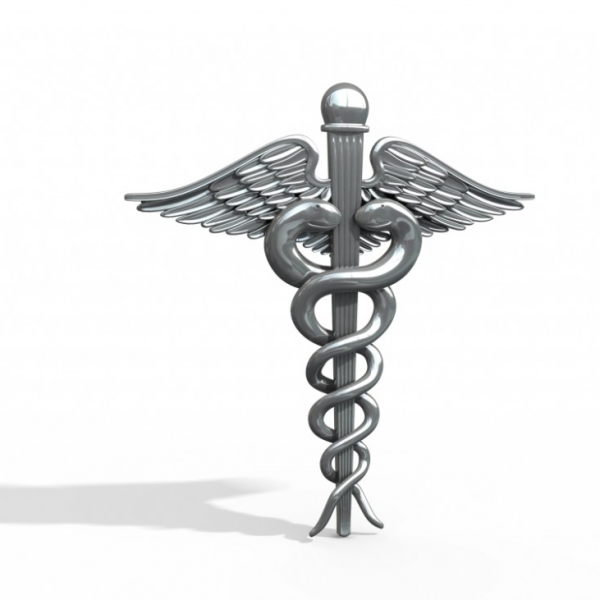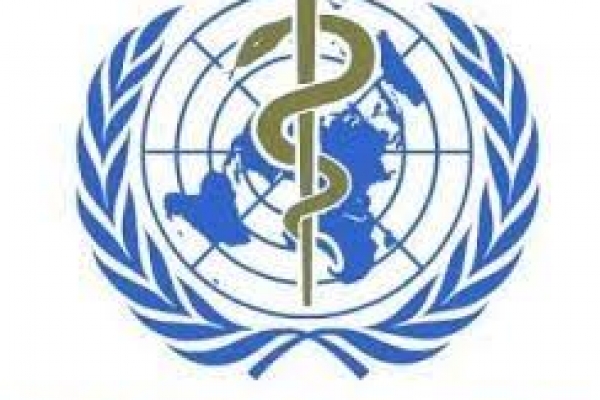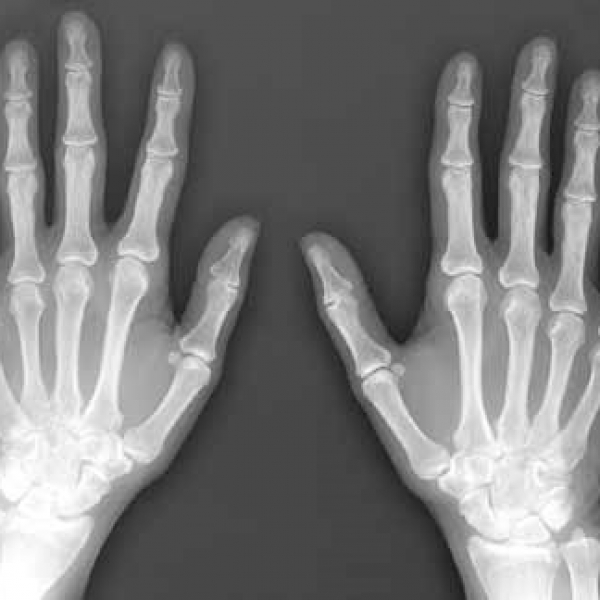Contact Admission
International Collaboration
7 Diseases Likely to Spread After Floods – A Family Health Guide
After a flood, when the water has just receded, many people focus on repairing their homes and belongings without realizing that this is also the time when infectious diseases can easily break out. Contaminated water sources, poorly preserved food, damp living conditions, and stagnant water everywhere create an ideal environment for bacteria and viruses to thrive and threaten community health.
In response to this situation, Dr. Đỗ Hoàng Minh Thư from the Department of Public Health, Head of the Research, Technology, and Clinical Practice Division at Phan Chau Trinh University, shares common health risks and measures to prevent diseases that often surge after floods.

1. Post-flood gastrointestinal diseases
The most common group of diseases after floods are gastrointestinal illnesses such as acute diarrhea, dysentery, cholera, and typhoid fever. When floodwater carries sewage, human waste, animal carcasses, and debris, drinking water and food sources become highly susceptible to contamination. Reusing wells, water tanks, or containers that were submerged and not properly disinfected further increases the risk. Consuming spoiled, moldy, or foul-smelling food can also cause infections. Warning signs include frequent watery diarrhea, abdominal pain, vomiting, fever, and dehydration (excessive thirst, dry lips, reduced urination, fatigue). Doctors recommend drinking only boiled or bottled water, eating thoroughly cooked food, washing hands with soap before eating and after using the restroom, and discarding any food that shows signs of spoilage.
2. Skin diseases caused by prolonged exposure to contaminated water
In addition to gastrointestinal diseases, skin conditions are also very common after floods. Prolonged exposure to contaminated water causes the skin to come into contact with mud, bacteria, and chemicals, which weakens its natural protective barrier. People often experience itching, redness, rashes, peeling, sores, or cracked skin between the fingers and toes. Doctors recommend limiting wading in floodwater; if unavoidable, protective boots or gear should be worn. After any exposure, it is important to bathe with clean water, dry the skin thoroughly, and change into clean, dry clothing as soon as possible.
3. Mosquito-borne diseases: dengue fever and malaria
After floods, stagnant water in puddles, containers, buckets, and old tires creates ideal breeding grounds for mosquitoes, increasing the risk of dengue fever and malaria (depending on the region). Dengue fever often presents with sudden high fever, headache, body aches, loss of appetite, and nausea, and may include signs such as skin rashes, nosebleeds, or bleeding gums. Doctors advise against using fever-reducing medications that contain aspirin or ibuprofen without medical guidance. It is recommended to sleep under mosquito nets—even during the day, especially for children—clean up the surroundings, turn over water containers, and cooperate with local health authorities during mosquito control and fogging campaigns.
4. Respiratory illnesses
Respiratory illnesses such as the common cold, sore throat, bronchitis, and pneumonia also increase after floods due to cold, damp weather, moldy homes, overcrowded temporary shelters, and poor ventilation. Common symptoms include coughing, runny nose, throat pain, fever, chills, and difficulty breathing. High-risk groups include young children, the elderly, pregnant women, and individuals with underlying health conditions. Doctors recommend keeping the body warm, avoiding prolonged exposure to floodwater, limiting children’s outdoor activities in cold or rainy weather, ensuring adequate nutrition, and seeking medical attention early if unusual symptoms appear.
5. Eye conditions: conjunctivitis and eye infections
Dirty floodwater splashing into the eyes or the habit of rubbing the eyes with unclean hands can easily lead to conjunctivitis and other eye infections. Symptoms may include redness, irritation, itching, excessive tearing, or discharge, and may be accompanied by pain, light sensitivity, or blurred vision. Doctors recommend not sharing towels, avoiding eye rubbing, refraining from using eye drops containing corticosteroids without medical guidance, and seeking prompt medical attention if symptoms worsen.
6. Leptospirosis (bacterial infection caused by rat urine)
Leptospirosis — a bacterial infection commonly linked to rat urine in contaminated floodwater can cause symptoms such as fever, headache, muscle pain, jaundice, and reduced urination. If not detected and treated promptly, the disease may lead to serious complications.
7. Hepatitis A, Hepatitis E, and tetanus after floods
Hepatitis A and E often occur when people consume food or water contaminated during floods. Symptoms may include fatigue, loss of appetite, dark urine, and yellowing of the skin or eyes. Tetanus, on the other hand, is likely to develop when individuals sustain deep or dirty wounds, especially from stepping on nails, rusty metal, or decayed wood submerged in floodwater. Such wounds must be properly cleaned, and the need for a tetanus vaccination should be assessed as early as possible to avoid complications.
To minimize the risk of infectious diseases after floods, doctors recommend ensuring safe water sources (prioritizing boiled or bottled water and properly treating previously submerged water supplies); practicing good hygiene; ensuring food safety; maintaining personal cleanliness; cleaning the environment and eliminating mosquito breeding sites; closely monitoring the health of children, the elderly, pregnant women, and individuals with underlying conditions; and seeking medical care promptly if symptoms such as fever, diarrhea, difficulty breathing, eye infections, or inflamed wounds appear.
In the post-flood period, rebuilding homes and restoring daily life is important, but protecting health—for oneself, family, and the community—is even more critical. Staying vigilant, maintaining hygiene, and seeking timely medical attention serve as an essential shield to reduce the risk of disease outbreaks after natural disasters.
Other news
- 25 Cancer Warning Signs You Often Ignore ( 09:19 - 13/12/2025 )
- Should you get a tetanus shot if you’re injured while cleaning up after a flood? ( 09:22 - 28/11/2025 )
- HOW DOES MORNING COFFEE AFFECT GUT HEALTH? ( 08:38 - 15/12/2024 )
- RABIES: CAUSES, PREVENTIVE MEASURES, AND TIMELY TREATMENT ( 14:21 - 08/11/2024 )
- These small but the benefit did not expect help prevent COVID-19 ( 08:44 - 27/04/2021 )
- Foods that help prevent breast cancer ( 08:42 - 27/04/2021 )
- How to recognize and prevent dengue fever ( 09:39 - 22/04/2021 )
- 6 ways to limit your risk of colorectal cancer ( 13:13 - 14/04/2021 )
- 5 warning signs of a weakened immune system and food to increase resistance ( 08:46 - 06/04/2021 )
- Why do people who have received COVID-19 vaccine still have to wear a mask? ( 08:47 - 31/03/2021 )


















